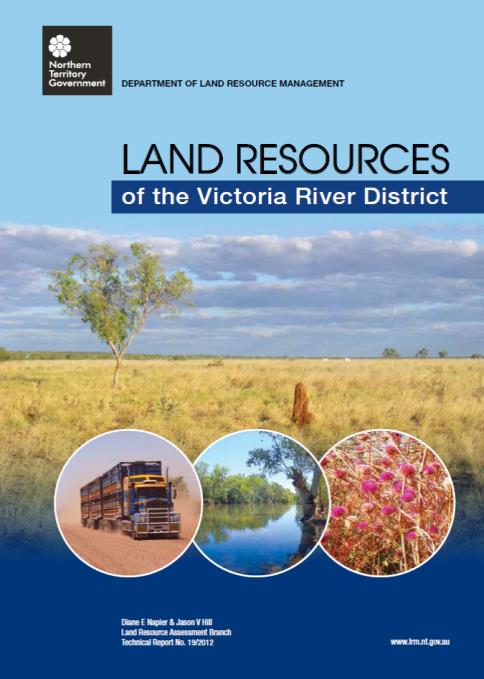Regeneration activity or development opportunity?
Jodie Ward, Pastoral Production Officer, Katherine Research Station
How do you feel about a degraded area? That’s an area that has reduced palatable, perennial, productive tussocks (if any at all), has some weed problems and/or is the site of active erosion. Do you think, “I don’t have the money or time to spend on regeneration work. We just can’t make it work financially.” Or do you think “This might be one of our most productive areas. We should do some research and if we could be gaining productivity by improving it, we will work this into our development program?”
The first step to finding answers is to determine what type of land condition the area is in. The four components of the landscape to look at are:
- Density of palatable, perennial, productive tussocks
- Presence or absence of weeds
- Tree/grass balance
- Soil health
The table below explains the criteria for assessing land condition. Of course it all depends on the land type you are looking at, but these are good guidelines for assessing how you think your country is performing.
Land condition | Soil | Pasture | Weed | Woodland |
|---|---|---|---|---|
A (All of these features) | No erosion and good surface condition | Good coverage of 3P grasses*, little bare ground (<30%) in most years | Few weeds and no significant infestations | No signs of woodland thickening |
B (At least one or more of these features) | Some signs of previous erosion and some current signs of erosion risk | Some decline in the presence of 3P grasses and/or bare ground (more than 30% but less than 50% in most years) | Small infestations of weeds | Some thickening in the density of woody plants |
C (One or more of these features) | Obvious signs of past erosion and/or current susceptibility to erosion | General decline in the presence of 3P species and/or bare ground (>50% in most years) | Obvious presence of weeds | General thickening in the density of woody plants |
D (One or more of these features) | Severe erosion, scalding or compaction resulting in a hostile environment for plant growth | General lack of any perennial grasses or forbs | Large weed infestations covering significant areas | Thickets of woody plants that cover significant areas |
*3P are palatable, perennial and productive grasses
 The next step is to determine the potential grazing value of the area of concern. A publication that you might find helpful to determine this is ‘Land Resources of the Victoria River District’ written by D. Napier and J Hill (2012). The grazing value of the area can be identified via a number of avenues in this publication and is worth downloading and investigating.
The next step is to determine the potential grazing value of the area of concern. A publication that you might find helpful to determine this is ‘Land Resources of the Victoria River District’ written by D. Napier and J Hill (2012). The grazing value of the area can be identified via a number of avenues in this publication and is worth downloading and investigating.
Now, please do not misunderstand what I am attempting to convey in this article. I am attempting to say that perhaps by identifying the potential grazing value of the area of concern, it may help you to prioritise the areas you would like to target, as changing how you think about undertaking this type of work may make it easier to justify both financially and mentally. After all, improving land condition can lead to better productivity, as better land condition can sustainably carry more cattle, which is one step closer to having more money in the bank. It’s all something to think about.
For more information, or suggestions for other relevant publications, please contact Jodie Ward, jodie.ward@nt.gov.au or 08 8973 9730.
Give feedback about this page.
Share this page:
URL copied!